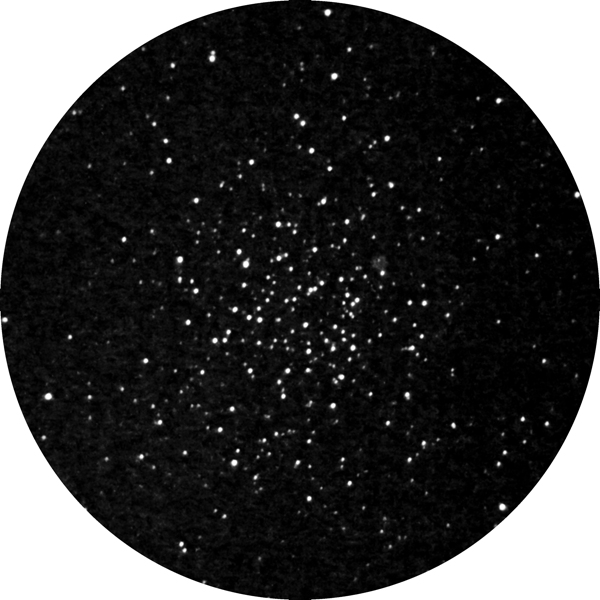D850 DSLR Astrophotography Tests;
iPhone Messier Open Clusters
Posted: 4 February 2018
Thursday morning, 1 February 2018, just before I headed out to the observatory to do some stuff, this Cooper's Hawk stopped by one of our bird baths:

Click or tap on image for larger version
Thursday, was cloudy. Friday, 2 February, was also cloudy. But something good happened on Friday: my Nikon D850 DSLR full-frame camera arrived. I will begin using it for general and astrophotography. I intend to write up a review once I have done some images with it.
The sky cleared on Saturday, 3 February.
|
Open: Saturday, 3 February 2018, 1805 MST Temperature: 77°F |
Session: 1194 Conditions: Mostly clear |
Equipment Used:
12" f/8 LX600 w/StarLock
2" 24mm UWA eyepiece
2" 9mm 100° eyepiece
2" 30mm eyepiece
Camera:
D850 DSLR
iPhone 8 Plus
I first SYNCed the observatory clock to WWV time signals.
1813 MST: LX600 ON, StarLock OFF, High Precision OFF.
Slewed to the planet Uranus and began waiting for the sky to darken. 1826 MST: viewed Uranus, 102X and then 271X. Mounted the iPhone for afocal 271X imaging of Uranus. Unfortunately, seeing was not good enough for good imaging.
1908 MST: after giving up on imaging Uranus, viewed M42 (Great Nebula in Orion), 81X.
I set up for some initial astrophotography tests with the D850 DSLR. I mounted the D850 on a photographic tripod (no tracking):

I will document the results on my upcoming review of the D850, but here is a teaser of the constellation of Orion, f/2.8, 5 seconds, ISO 102400, White Balance 3570K, FL 70mm:

In the full size image the Flame and Horsehead nebulae are easily seen.
1942 MST: returned to the 12" telescope. Viewed M46 (open star cluster), 81X. The planetary nebula NGC2438 was also visible. Then viewed the open clusters M47, M48, and M67. Later I viewed M93 (open cluster), 81X.
Returned to M46, SYNCed, and mounted the iPhone 8 Plus using the Levenhuk adapter to begin imaging these Messier open star clusters. 1957 MST: StarLock ON. The following StarLock autoguided images were taken with the iOS app NightCap Camera (Long Exposure, Light Boost, ISO 8448, 1/3sec, 1 minute exposure).
M46 and NGC2438

M47

M67

M48

M93

2023 MST: StarLock OFF. Ended imaging.
Viewed M42 (Orion Nebula), 81X and 102X.
2033 MST: LX600 OFF.
|
Close: Saturday, 3 February 2018, 2043 MST Temperature: 55°F |
Session Length: 2h 38m Conditions: Mostly clear |
Comments are welcome using Email. Twitter users can use the button below to tweet this report to their followers. Thanks.
Cassiopeia Observatory Home Page
Copyright ©2018 Michael L. Weasner / mweasner@me.com
URL = http://www.weasner.com/co/Reports/2018/02/04/index.html
